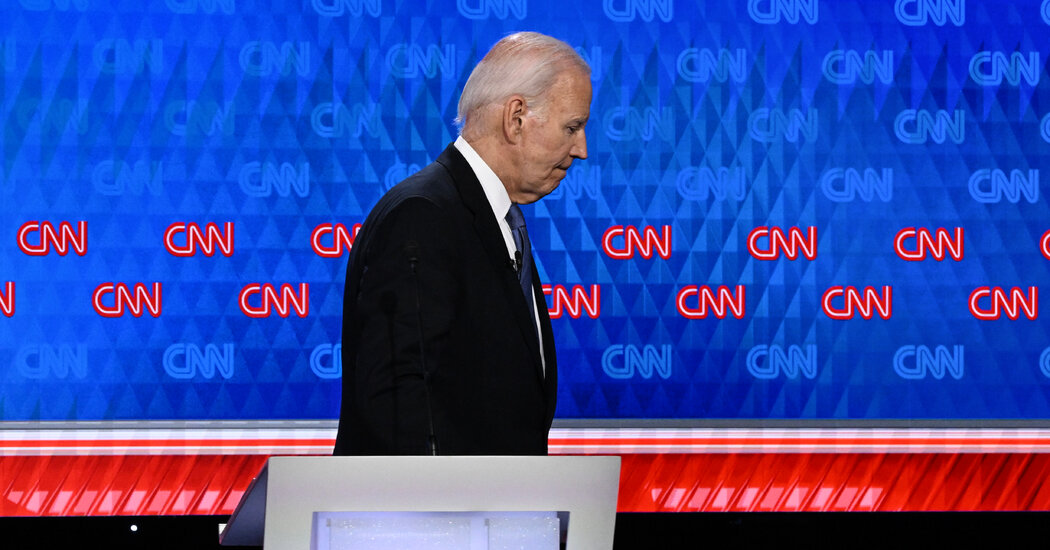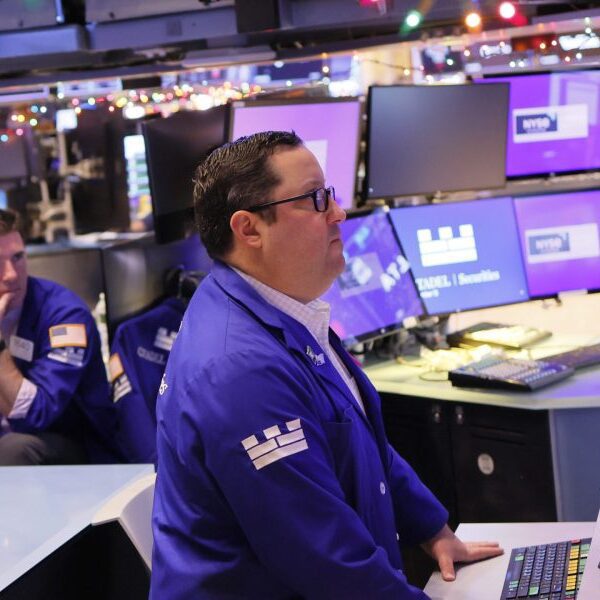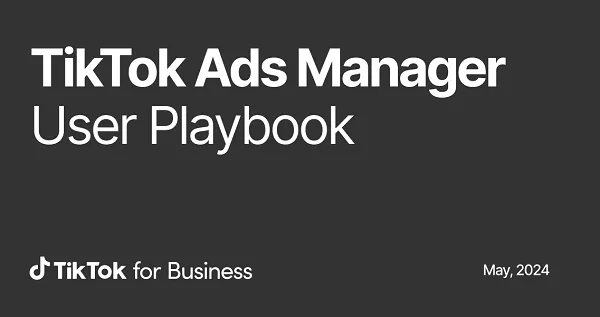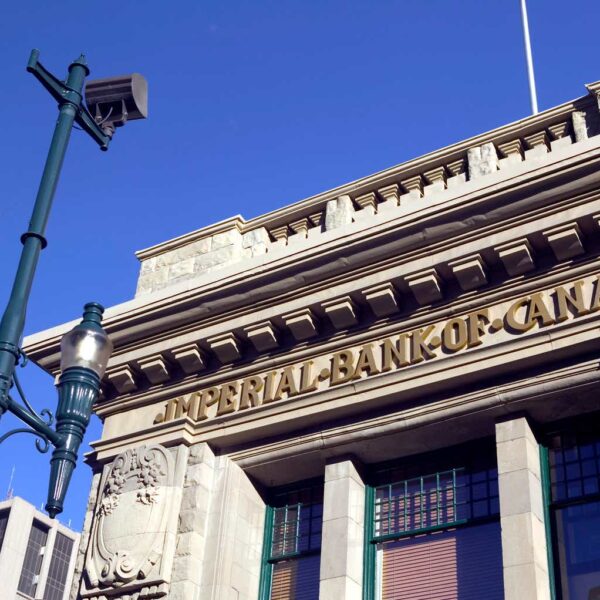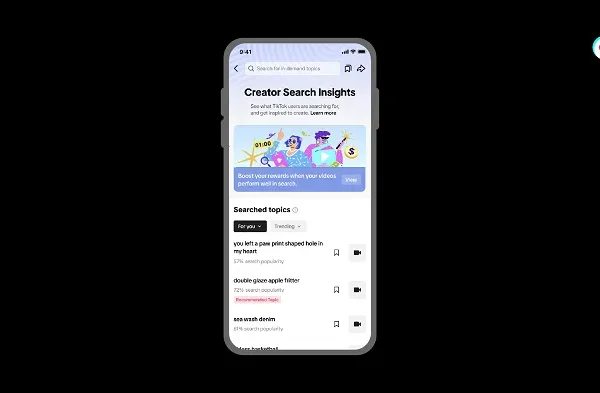In this post, I
wanted to give a recent example on how to select the best forex pairs to trade.
This is an important topic which is not talked about often enough in the retail
trading industry.
As I explained
already in a previous
post, when you trade forex, you want to buy the currency you expect to be
stronger and sell the one you expect to be weaker. This is done via fundamental
analysis and not technical analysis.
Technical analysis
is just a risk management tool that can help you structuring a trade, but it
doesn’t give you a direction. Moreover, the currency strength meters (or
heatmaps) that some use are useless tools because they just show you what has already
happened.
The markets are
forward-looking, you need to trade what you expect to happen next, not what has
already happened. The past is already in the price. For this reason,
fundamentals not only help you to find the higher probability trades but can
also help with filtering out the pairs to trade.
SWISS FRANC EXAMPLE
Recently we got
the SNB cutting rates by 25 bps bringing the policy rate to 1.25%. Now, the rate cut wasn’t
really a surprise as the market was already pricing a 68% chance going into the
event. What added to the Swiss Franc weakness was the central bank lowering its
inflation forecasts.
The only
thing bullish for the CHF was the line saying that the SNB “will be ready to
intervene in FX market if needed and as necessary”, but we already knew that
from the Chairman Jordan’s comments, and they won’t do it unless inflation
surprises to the upside or they see risks of inflation overshooting their
projections.
STRUCTURING THE TRADE
So, you have a dovish SNB
and a general risk-on sentiment in the markets due to the pickup in global growth, which is generally a headwind
for the CHF as it’s a safe haven currency. Now, you need to trade it against
another currency that you expect to be stronger.
Arguably, the best
candidate among the major currencies was the Australian Dollar given the hawkish
RBA and the stickiness of inflation in Australia which keeps the risk of a rate
hike alive.
AUDCHF 1 hour
In the 1 hour chart above, we can see the recent catalysts on the AUDCHF pair. Now, there are two ways you can execute a trade:
- Using a catalyst.
- Using technical analysis.
CATALYST
The catalyst gives you a clear reason to take the trade. You just need to execute. The position size is generally decided based on the conviction in the trade. The higher the conviction, the higher the position size will be. Where to place the stop loss is at the discretion of the trader although having tight stops increases the risk of getting stopped out prematurely.
In the chart above, you could have placed it below the resistance zone around the 0.59 handle or for more protection below the swing low created by the catalyst at 0.5880. Then you just need to monitor the trade by keeping up with the fundamentals. As long as the reasons remain in place, you can rise the winner, but as soon as they change, the best action is generally to just close out the trade.
Technically, you can also manage the trade by trailing your stop loss behind the swing levels or move it to breakeven at some point and just take some profits off the table at strong technical levels or when you conviction in the trade gets hit a bit.
TECHNICAL ENTRY
You can use whatever technical method you prefer, but I suggest to keep it simply when it comes to technical analysis because professional traders don’t use fancy stuff. Your goal is just to minimise your risk and maximise your reward.
AUDCHF 1 hour
In the chart above, I marked the possible technical entries. The first one was at the bottom of the range created after the price consolidated following the SNB decision. The second one was at the trendline created by the previous two swing lows. The third one was today at the retest of the previous resistance turned support around the 0.5955 level. We can also squeeze there another one on the current breakout of the counter-trendline.
You can also notice that the RBA’s Hauser comments tonight weighed on the AUD as he downplayed the recent hot Australian CPI release. That’s where you need to zoom out and think how that changes the reasons you got into the trade in the first place.
- Does that mean that the SNB will be hawkish? Of course no.
- Does that make a rate cut from the RBA more likely? Of course no.
- Does that lowers the risk of a rate hike from the RBA? Maybe, but the RBA focuses more on the quarterly CPI data which could surprise to the upside and overall it keeps the divergence between the SNB and RBA strong.
In this case, you can do two things:
- You can lower your risk by taking some profits off the table and hold off from taking another trade if your conviction weakened.
- You can fade the reaction by buying more at a better price which in this case happened to be right near the support at 0.5955 level.
BAD PAIR CHOICE
Now let’s see how choosing the wrong pair can give you a hard time in trading forex. Below we have the CHFJPY pair. As you can see, the pair hasn’t moved since the SNB decision, on the contrary, the price even printed a new high this week.
This is because both the currencies are considered safe havens but in this case the BoJ remains stuck in the zero interest rate policy and the risk-on sentiment weighs on the Yen the most.
CHFJPY 1 hour
Now, even if someone can say that the yield spread has been moving in favour of the Yen recently, we would still need a catalyst to see sustained JPY strength. But say you don’t have clear reasons in mind, in this case you should just stay out of the market. Capital preservation is the most important thing in trading.
To sum up, I hope this guide will give you a better understanding on how to use fundamentals to trade forex and improve your overall trading.


